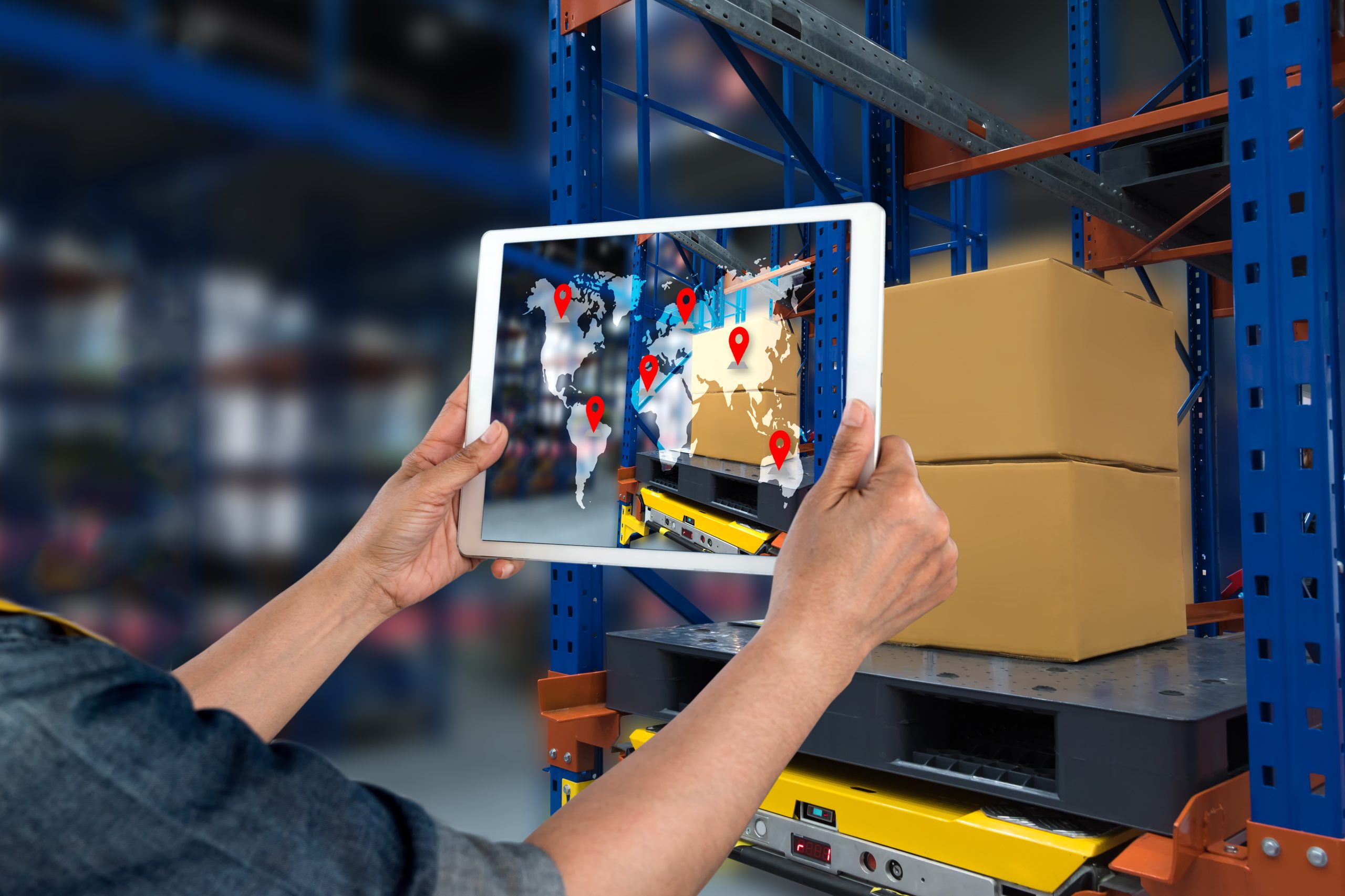
Localization of Supply Chain: A Solution for Better Tomorrow
Humankind cannot get enough speed!
Today, people want everything around them to be quick and smart. In my last blog, I discussed the changing customer behavior and their demands for faster delivery. This demand for speed has been challenging the supply chain industry in many ways. Moreover, recent instances have also made it clear that the supply chain needs to transform to cater to its customers better.
Challenges are an inseparable part of the supply chain industry, and we, supply chain savvies, always handle them with all available resources and strategies. So, in this blog, I will focus on strategies and resources for the betterment of the industry.
Localization of Supply Chain
In my last story, I mentioned this concept and its potential to be a solid solution for increased demand. Supply chains have to move to the local level to fulfill the increasing request of same-day delivery demands. For this to happen, inventory and shipping have to be managed on a regional level so that the supply chain can satisfy the demand from local stores and customers.
Along with real-time integration of order, inventory and warehouse, technology is critical to make the same deliveries possible. This means automation and incorporation of different software in order to make the whole chain autonomous.
Here are the three aspects for the success of the Localization of supply chain:
Reshoring Production
Off-shore production used to be the most economical option, but not anymore. Current instances have proved the fact that reshoring production can be a profitable strategy when worked out properly. Bringing production closer to the demand not just lower the cost but offer multiple benefits of proximity, such as,
- Time zone alignment
- Shorter response time
- High-quality customer services
- Higher engagement
- Local workforce
Besides, it provides crucial insights about the consumer demographic, which helps the businesses design products according to their consumers’ needs. Besides, reshoring the production lowers the transportation-related expenses, including costs spent on fuel. In a way, reshoring production helps in reducing the carbon footprint, making it a sustainable practice.
Sure, reshoring provides businesses with better control over the market and promotes the sustained growth of the business in the market. But, to make this move successful, business needs to strengthen the next pillar.
Smart Manufacturing Technology
Our modern technology empowers the supply chain and takes it towards its ultimate goal: efficiency!
Automation is crucial for the integration of all the involved parts of the supply chain. It helps in detecting the system’s vulnerabilities and takes measures to eliminate or modify them for the ultimate benefit. Removing such digital breaks without manual intervention reduces errors and improves efficiency.
Smart manufacturing combines technologies ensuring the smooth functioning of operations critical for the supply chain. It drives businesses by using the most powerful fuel of our times, data.
Furthermore, smart manufacturing provides data-driven forecasts to help businesses to avoid losses and make better decisions. It promotes innovations and thus leads to high-quality production processes. Lastly, smart manufacturing improves the interdepartmental communication of the business. Such improves connectivity ultimately leads to end-to-end visibility of supply chain.
According to a study conducted by Deloitte, leveraging smart manufacturing leads to performance benefits like:
- 10% increase in production output
- 11% higher utilization capacity
- 12% more labor productivity
Due to these benefits, a staggering number of 62% of global leaders are investing in their smart manufacturing initiatives.
Furthermore, businesses can utilize modern technologies, to make the supply chain more agile and efficient. But more on the technologies in my next blog.
Why do we need Localization of Supply Chains?
Till past few years, supply chain management used to be limited to saving costs and delivering products. However, the definition has consumed several new concepts in the last years. Today, supply chain management does not limit its traditional goals, but it also involves customer satisfaction, efficiency, and sustainability. Localization of the supply chain is a promising way of achieving modern goals.
